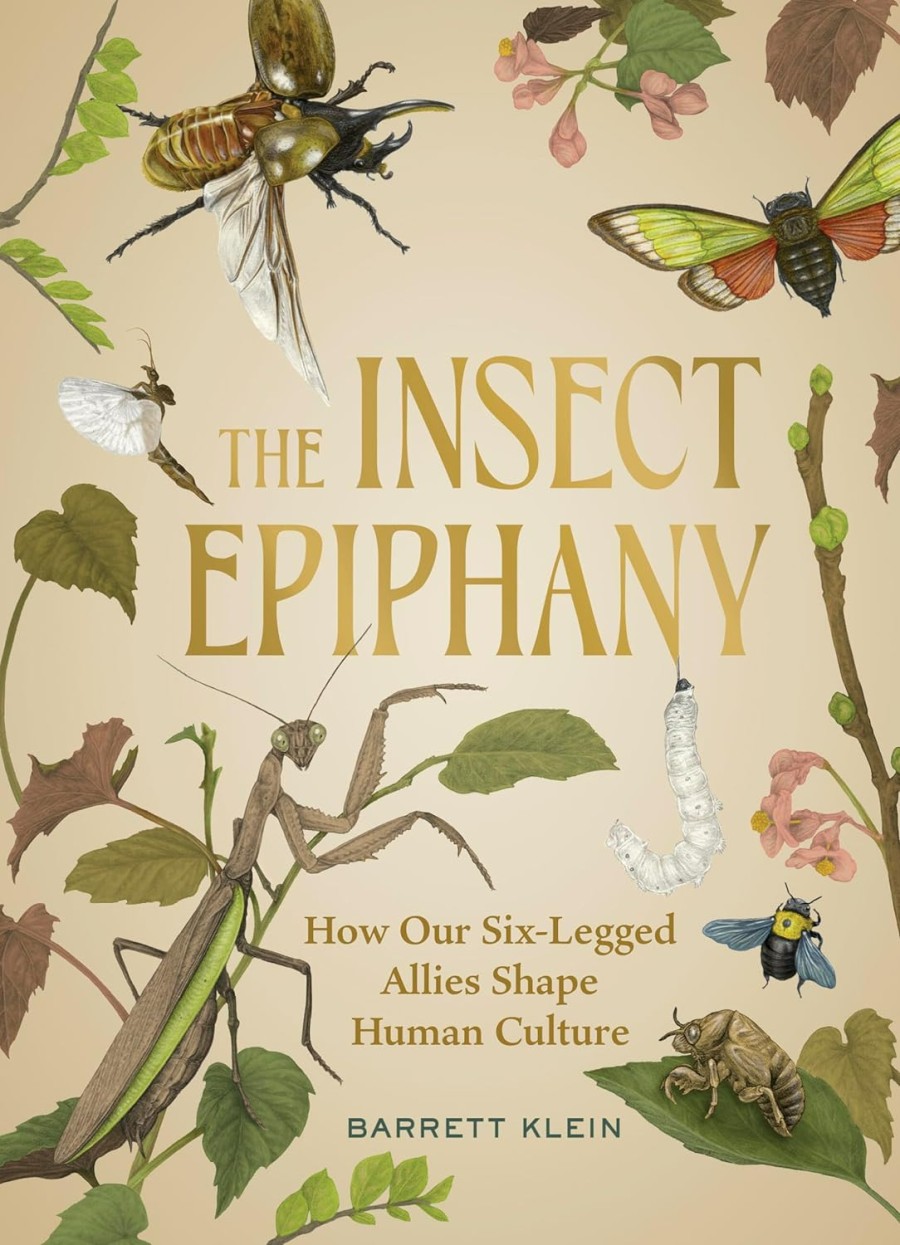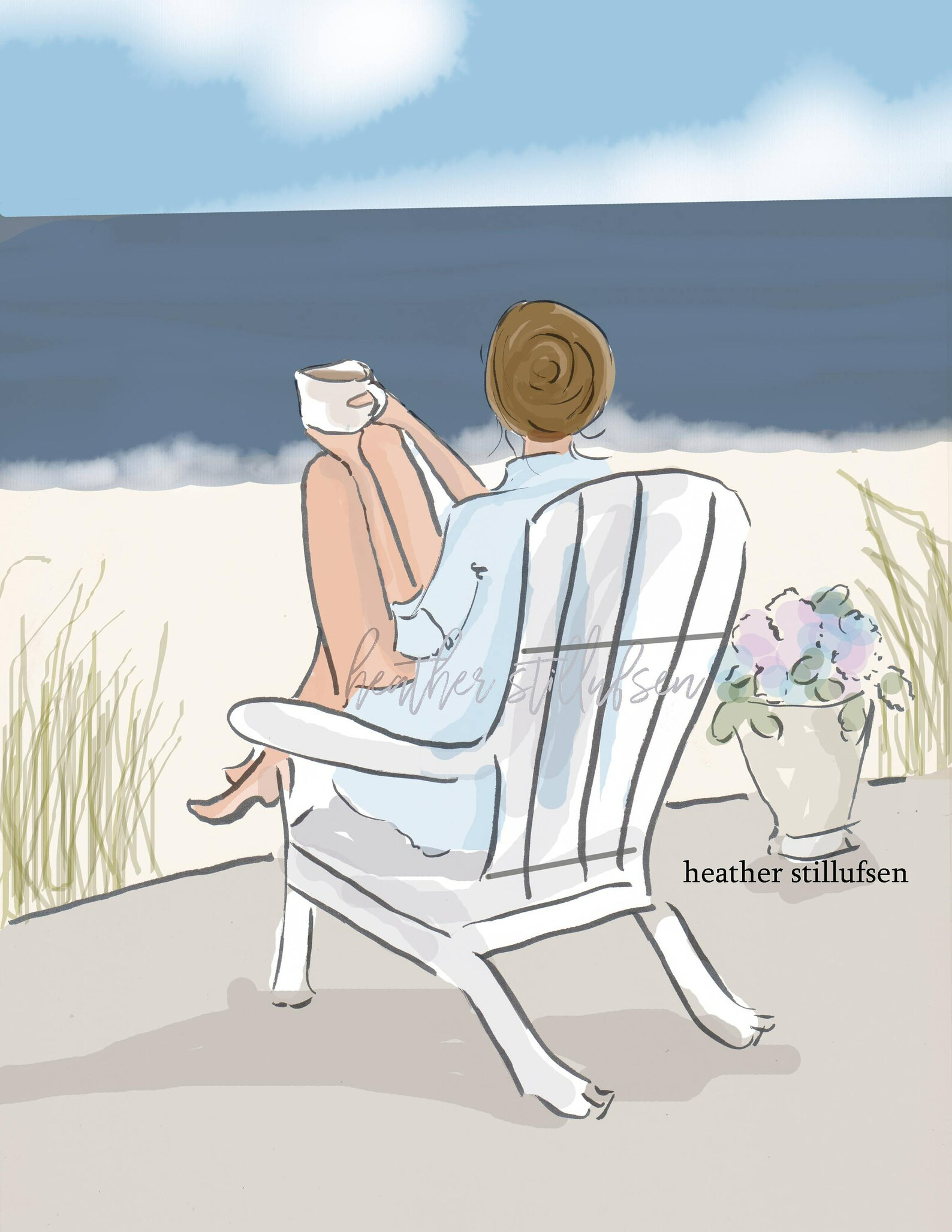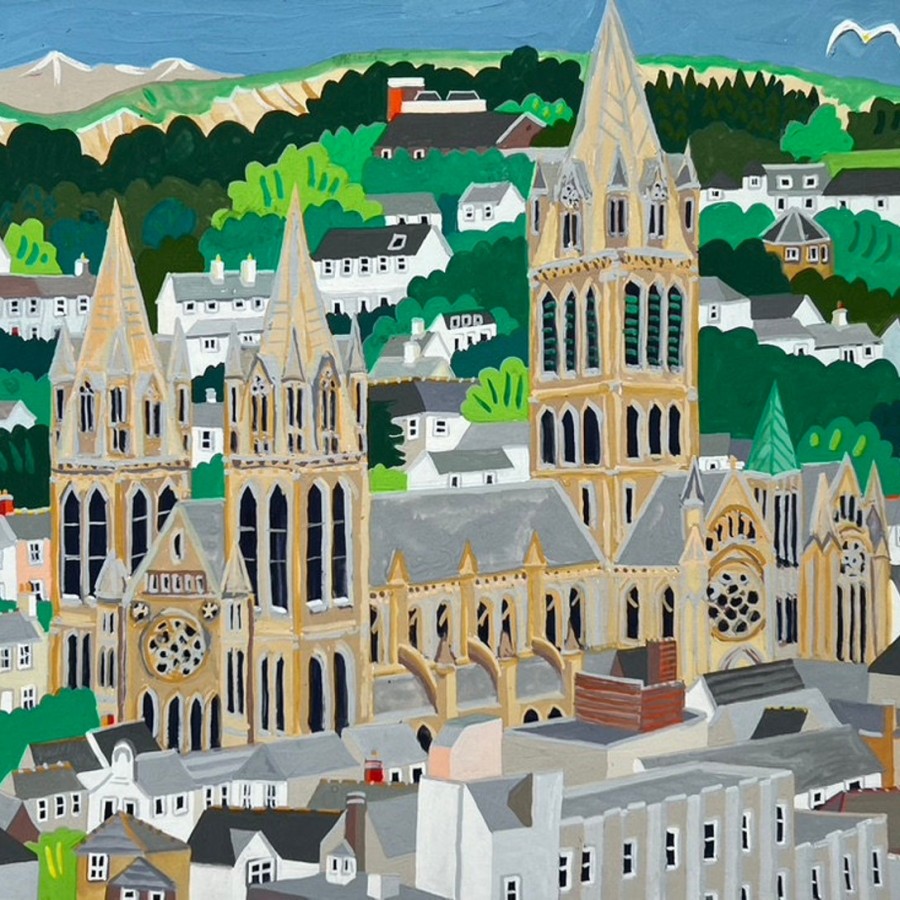
Ecological writer Satish Kumar once wrote that ‘unless you know Nature, you cannot love her’. Likewise, if we wish to protect England’s green and pleasant land, it’s important to get to know why. People who drop fast food litter, pollute our seas with oil and hunt our precious wildlife, obviously were never taught all about why our land is so beautiful and precious.
London is a big city of around 8 million people (and as many trees) making it officially an urban forest. Divided into 32 boroughs, some are affluent and others are not, but there is a fantastic public transport system and lots of nature goings-on like growing orchards and helping to protect native wildlife from stag beetles to red deer.
getting around on the London Underground
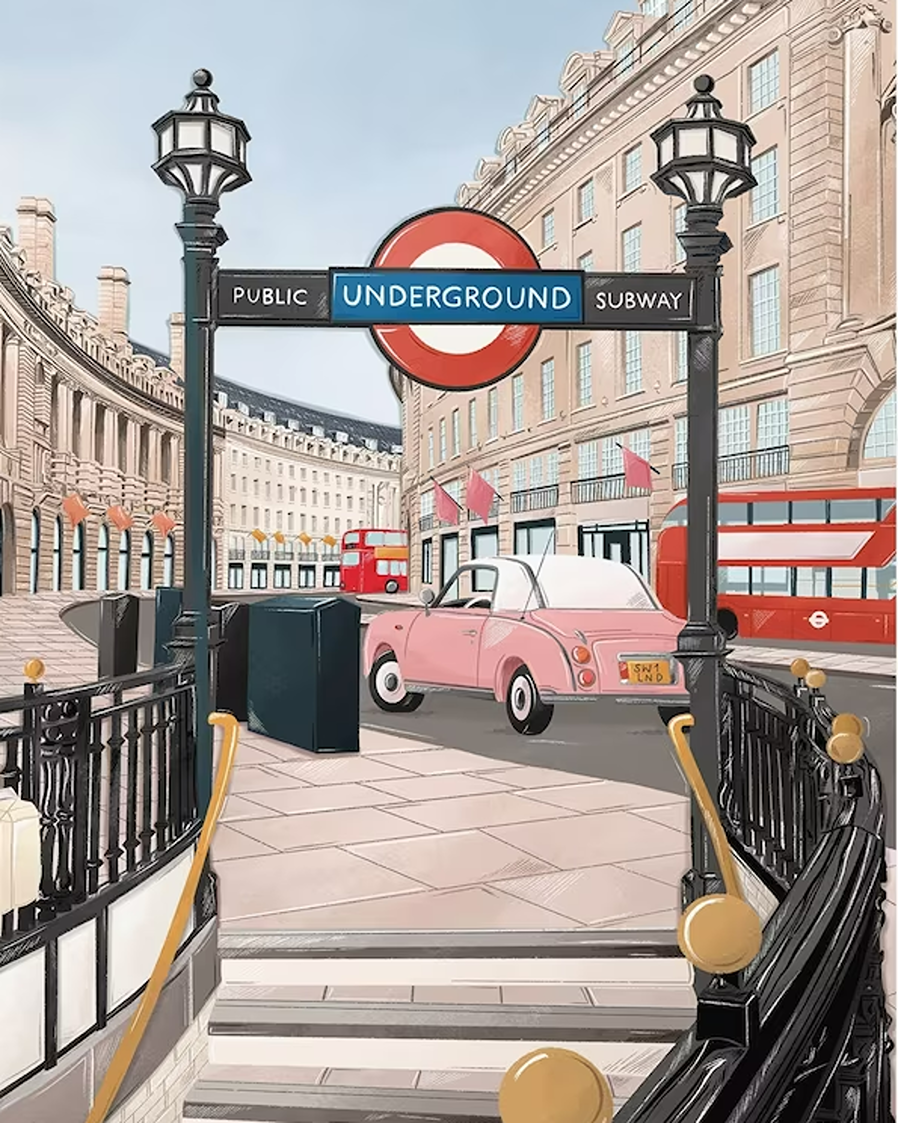
London Underground is one of the best public transport systems on earth. Extending out to Buckinghamshire, Essex and Hertfordshire, it’s been around since 1863 and the recently opened Elizabeth Line means it’s quicker than ever to get around without a car. The 272 stations ferry up to 5 million people each day, although almost half the trains run above ground.
exploring the wildlife of London city
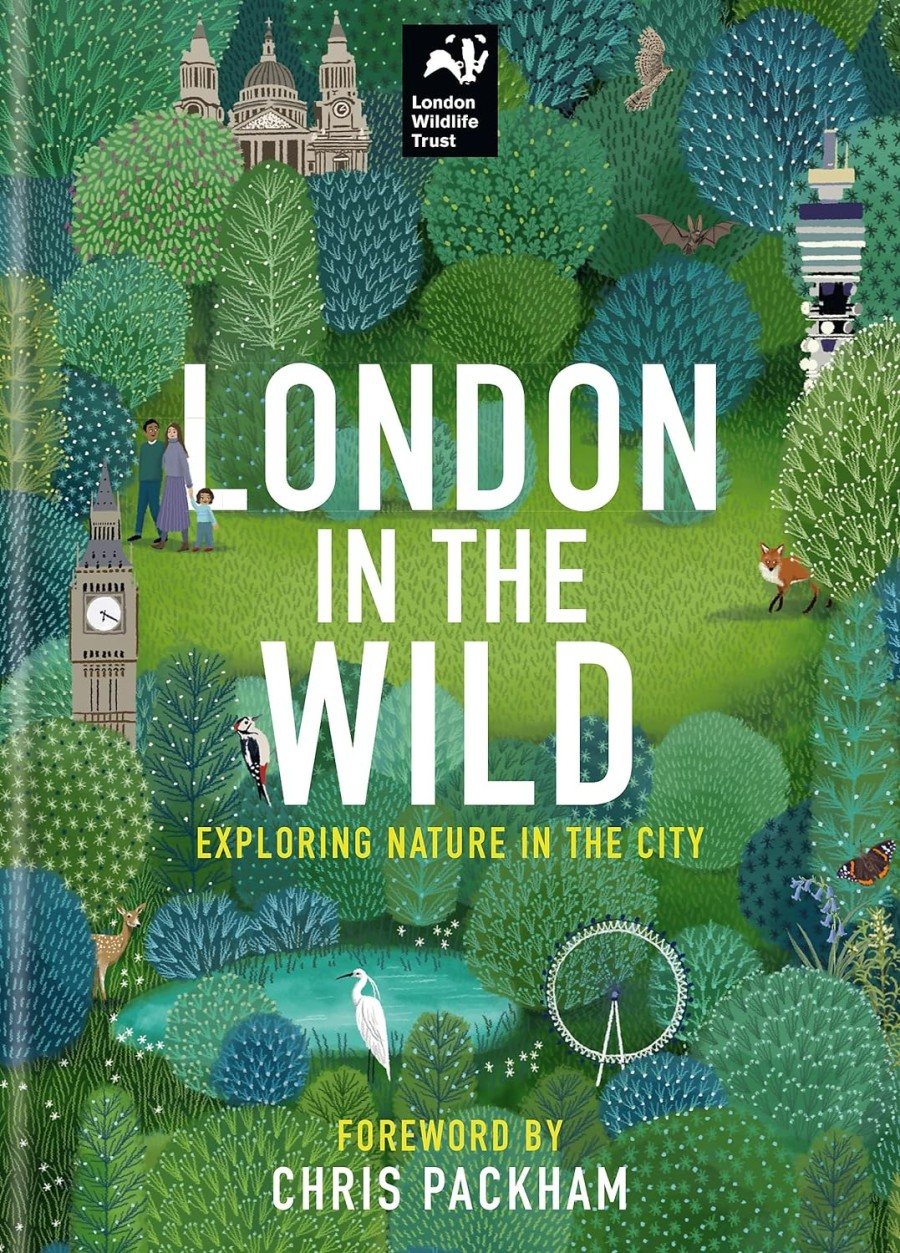
London in the Wild is a wonderful guide by London Wildlife Trust to creatures hiding beyond concrete, lights, noise and pollution. And of course, London pigeons! Discover a city teeming with over 15,000 species of flora, fungi and fauna (marsh frogs, hedgehogs, short-eared owls and dragonflies). Not just gardens and parks, London has wetlands (one’s in Hackney), woodlands and heaths. And learn about the day-to-day life of a London tube mouse!
Cities are not all humans and rats! All urban areas have opportunistic foxes (which have lost natural habitats – they eat rabbits and rats in nature) and endangered stag beetles (those big grubs you find in the soil are babies, so leave them alone). Reducing light pollution and glass buildings (especially lit) can help local wildlife and stop birds flying into windows. In case of help needed, find your local wildlife rescue and visit London Wildlife Protection.
Whether you live there or are visiting, get yourself a copy of the London National Park Map. This essential resource for nature enthusiasts lists all the parks, woodlands, playing fields, national nature reserves, rivers and lakes that contribute to London’s green space. Includes walks like the London Loop and Capital Ring, with symbols on where to swim outdoors, climb peaks, pitch a tent or go sailing! This massive map is single-sided, so good for pinning on a wall. London Wildlife Trust is a driving force for nature conservation across the capital, with supporters and volunteers who work to protect wildlife everywhere through practical conservation work.

